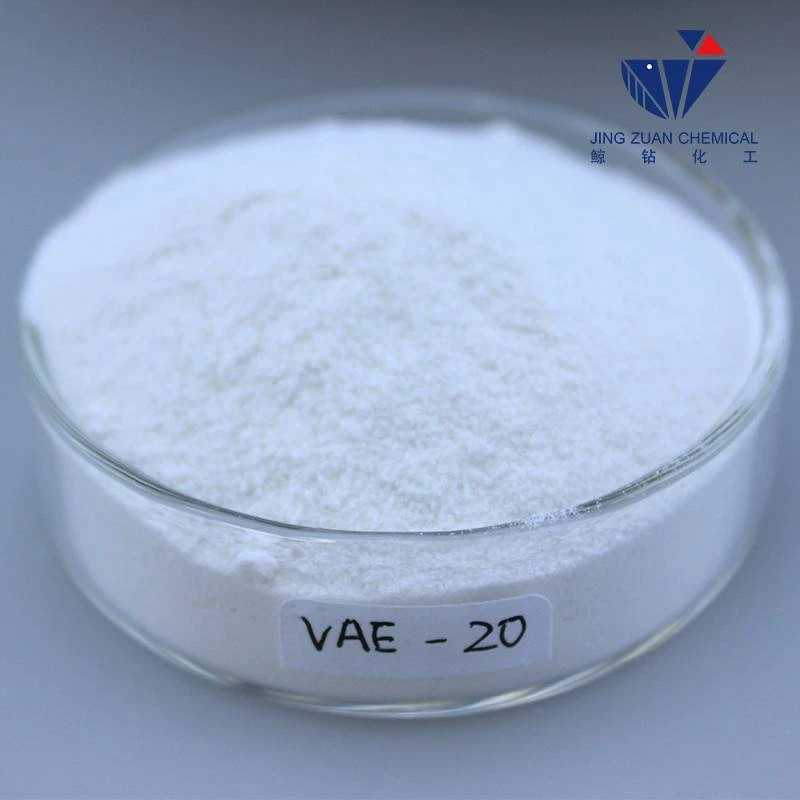
Dec . 04, 2024 06:50 Back to list
Hydroxyethylcellulose Pricing Trends and Market Analysis for 2023
The Economics of Hydroxyethylcellulose Pricing Dynamics and Market Trends
Hydroxyethylcellulose (HEC) is a non-ionic polymer derived from cellulose, widely used in various industries due to its thickening, binding, and film-forming properties. Its applications extend across sectors including pharmaceuticals, cosmetics, food production, and construction. Understanding the pricing dynamics of hydroxyethylcellulose is crucial for manufacturers, suppliers, and consumers alike. This article explores the factors influencing HEC prices, the current market trends, and projections for the future.
Factors Influencing Hydroxyethylcellulose Prices
1. Raw Material Costs The primary factor affecting the price of hydroxyethylcellulose is the cost of its raw materials. As HEC is derived from cellulose, fluctuations in the prices of wood pulp and other cellulose sources can significantly impact production costs. Changes in supply and demand dynamics for these raw materials often drive pricing volatility in the HEC market.
2. Production Processes The method of synthesizing hydroxyethylcellulose involves chemical processes that require energy and specific chemical inputs. Variations in energy prices significantly affect overall production costs. Additionally, advancements in production technologies may lead to more cost-effective methods, potentially stabilizing prices in the long run.
3. Market Demand The global demand for hydroxyethylcellulose, largely influenced by the growth of end-user industries, plays a crucial role. With the rise of the personal care and cosmetics sector, demand for HEC as a thickener and stabilizer has surged. Similarly, its applications in pharmaceuticals for controlled drug delivery systems have gained traction, further enhancing market demand.
4. Geopolitical Factors Trade policies, tariffs, and geopolitical tensions can also affect HEC pricing. For instance, disruptions in trade routes or changes in import/export regulations can lead to supply chain challenges, consequently impacting availability and pricing.
5. Competition and Market Dynamics The landscape of HEC manufacturers is competitive, with numerous players vying for market share. This competition can lead to price variations based on brand reputation, product quality, and customer loyalty. Moreover, the entry of new players or innovations in formulations can disrupt existing pricing structures.
hydroxyethylcellulose price

Current Market Trends
As of 2023, the hydroxyethylcellulose market has shown a steady growth trajectory, largely attributed to the expanding industries that rely on this versatile polymer. The cosmetic and personal care market has been a significant contributor, with many products utilizing HEC for its thickening and emulsifying properties. According to industry reports, the global HEC market is expected to continue its growth, driven by rising consumer demand for natural and sustainable products.
Moreover, the construction sector's increasing reliance on HEC as an additive in cement-based products and adhesives has also buoyed market prices. The push towards sustainable and environmentally friendly construction materials aligns with HEC's properties, making it a favored choice in modern building practices.
Future Projections
Looking ahead, the pricing of hydroxyethylcellulose is likely to be influenced by several emerging trends. The focus on sustainability and eco-friendly products is expected to drive research and development initiatives aimed at creating bio-based alternatives to traditional HEC. As environmental regulations become more stringent, manufacturers may need to adapt their production processes, which could affect pricing structures.
Additionally, the ongoing impact of global supply chain disruptions in the wake of the COVID-19 pandemic remains a concern. Companies may need to rethink their supply chain strategies, potentially leading to price adjustments as they navigate new logistics and sourcing challenges.
In conclusion, the pricing of hydroxyethylcellulose is a complex interplay of raw material costs, production dynamics, market demand, and geopolitical factors. As industries evolve and the demand for HEC continues to grow, staying informed about these dynamics will be essential for stakeholders across the supply chain. By understanding the current market trends and projections, businesses can make informed decisions to optimize their operations and respond proactively to price changes in this essential polymer.
-
Versatile Hpmc Uses in Different Industries
NewsJun.19,2025
-
Redispersible Powder's Role in Enhancing Durability of Construction Products
NewsJun.19,2025
-
Hydroxyethyl Cellulose Applications Driving Green Industrial Processes
NewsJun.19,2025
-
Exploring Different Redispersible Polymer Powder
NewsJun.19,2025
-
Choosing the Right Mortar Bonding Agent
NewsJun.19,2025
-
Applications and Significance of China Hpmc in Modern Industries
NewsJun.19,2025







